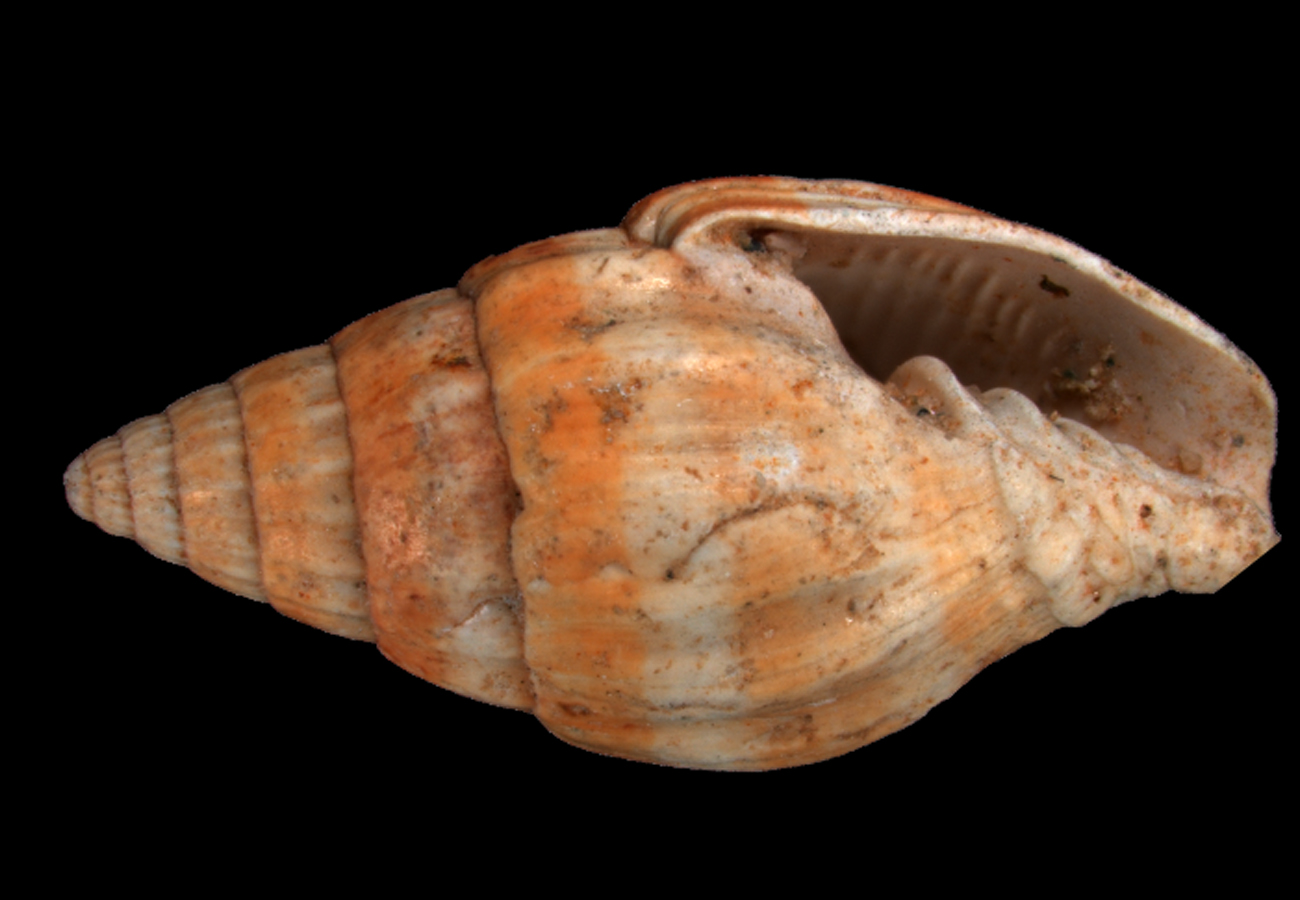Abstract
The tribe Otteiini is a group of cave crickets, that were believed only to inhabit the Greater Antilles (Cuba, Cayman Islands, and Hispaniola). However, when reviewing and studying similar cave crickets in Mexico, their relationship was proven with island taxa, expanding their distribution to the continental area, from the Yucatan Peninsula to the Gulf and Northeast of Mexico. Herein, the genus Paracophus is divided, and three additional genera are described: Hubbellcophus n. gen., Venegascophus n. gen. and Hortacophus n. gen. Also, two additional species for Paracophus are described (P. victoriensis n. sp. and P. velazquezi n. sp.). Diagnoses for all genera and dichotomous keys for genera and species are provided. Finally, the taxonomic relationships between the insular and continental taxa of the tribe are discussed, and the different taxonomic placements they had over time, with some genera located in Phalangopsinae and Luzarinae (Phalangopsidae) and Pentacentrinae (Gryllidae).
References
Armas, L.F. & Hernández-Triana, L.M. (2014) Presencia del género Cubacophus Ruiz-Baliú & Otte (Orthoptera: Gryllidae) en La Española y descripción de una especie nueva. Boletín de la Sociedad Entomológica Aragonesa, 54, 113–116.
Barrientos-Lozano, L., Rocha-Sánchez, A.Y, Buzzetti, F.M., Méndez-Gómez, B. & Horta-Vega, J.V. (2013) Saltamontes y esperanzas del noreste de México (Insecta: Orthoptera). Guía ilustrada, 151, 1–388.
Cadena-Castañeda, O.J. (2015a) The phallic complex in Gryllotalpidae (Orthoptera: Gryllotalpoidea), and its generic implications. Zootaxa, 3981 (2), 264–274.
https://doi.org/10.11646/zootaxa.3981.2.7
Chopard, L. (1933) Schwedisch-chinesische wissenschaftliche Expedition nach den nordwestlichen Provinzen Chinas, unter Leitung von Dr. Sven Hedin und Prof. Su Ping-chang. Insekten gesammelt vom schwedischen Arzt der Expedition Dr. David Hummel 1927-1930. 4. Orthoptera. 3. Gryllidae. Arkiv för Zoologi, 25B (3), 243–253.
Chopard, L. (1947) Note sur les orthoptères cavernicoles du Méxique. Ciencia, 8, 67–70.
Cohn, T.J., Swanson, D.R. & Fontana, P. (2014) Dichopetala and new related North American genera: a study in genitalic similarity in sympatry and genitalic differences in allopatry (Tettigoniidae; Phaneropterinae: Odonturini). Museum of Zoology, University of Michigan, Miscellaneous publication No. 203. Museum of Zoology, University of Michigan, Ann Arbor, Michigan, 180 pp.
Cigliano, M.M., Braun, H., Eades, D.C. & Otte, D. (2021) Orthoptera Species File. Version 5.0/5.0. Available from: http://Orthoptera.SpeciesFile.org (accessed 29 March 2021)
Descamps, M. (1973) Révision des Eumastacoidea (Orthoptera) aux échelons des familles et des sous-familles (genitalia, répartition, phylogénie). Acrida, 2, 161c298.
Desutter, L. (1987) Structure et évolution du complexe phallique de Gryllidea (Orthoptères) et classification des genres néotropicaux de Grylloidea. Première partie. Annales de la Société Entomologique de France, New Series, 23 (3), 213–239.
Desutter, L. (1990) Etude phylogénétique, biogéographique et écologique des Grylloidea néotropicaux (Insectes, Orthoptères). Ph.D. Thesis, University of Paris, Paris, 347 pp.
Desutter-Grandcolas, L. (1993) The cricket fauna of Chipanecan caves (Mexico), systematics, phylogeny and the evolution towards troglobitic life (Orthoptera, Grylloidea, Phalangopsidae, Luzarinae). International Journal of Speleology, 22, 1–82.
https://doi.org/10.5038/1827-806X.22.1.1
Desutter-Grandcolas, L. (2003) Phylogeny and the evolution of acoustic communication in extant Ensifera (Insecta, Ensifera). Zoologica Scripta, 32, 525–561.
https://doi.org/10.1046/j.1463-6409.2003.00142.x
Gordon, M.B., Mann, P., Cáceres, D. & Flores, R. (1997) Cenozoic tectonic history of the North America-Caribbean plate boundary zone in western Cuba. Journal of Geophysical Research Atmospheres, 102 (B5), 10,055–10,082.
https://doi.org/10.1029/96JB03177
Gorochov, A.V. (2014) Classification of the Phalangopsinae subfamily group, and new taxa from the subfamilies Phalangopsinae and Phaloriinae (Orthoptera: Gryllidae). Zoosystematica Rossica, 23 (1), 7–88.
https://doi.org/10.31610/zsr/2014.23.1.7
Hubbell, T.H. (1938) New cave-crickets from Yucatan, with a review of the Pentacentrinae, and studies on the genus Amphiacusta (Orthoptera, Gryllidae). In: Pearse, A.S., Fauna of the Caves of Yucatan. Carnegie Institution of Washington Publication 491. Carnegie Institution of Washington, Washington, D.C., pp. 191–233.
Hubbell, T.H. (1972) Records of cave Orthoptera from northeastern and central Mexico, with a revision of the gryllid genus Paracophus and descriptions of three new genera of Raphidophoridae. Atti della Accademia Nazionale dei Lincei, 171, 47–115.
Iturralde-Vinent, M.A. (2004) La Paleogeografía del Caribe y sus implicaciones para la biogeografía histórica. Revista del Jardín Botánico Nacional, 25–26, 49–78.
Iturralde-Vinent, M.A. & Gahagan, L. (2002) Late Eocene to Middle Miocene tectonic evolution of the Caribbean: Some principles and their implications for plate tectonic modeling. In: Jackson, T.A. (Ed.), Caribbean Geology Into the Third Millennium, 2002, pp. 47–62.
Koçak, A.O. & Kemal, M. (2009) Nomenclatural notes on the genus group names in Orthoptera. Centre for Entomological Studies, Miscellaneous Papers, 149, 2–4.
Otte, D. & Perez-Gelabert, D.E. (2009) Caribbean crickets. The Orthopterists’ Society, iii + 792 pp.
Perez-Gelabert, D.E., Dominici, G.O. & Hierro, B. (1995) Jaragua: new genus and two new species of American pyrogomorphids (Orthoptera: Pyrgomorphidae) from Hispanolia, West Indies. Annals of the Entomological Society of America, 88 (1), 31–38.
https://doi.org/10.1093/aesa/88.1.31
Pindell, J.L. (1994) Evolution of the Gulf of Mexico and the Caribbean. In: Donovan, S.K. & Jackson, T.A. (Eds.), Caribbean Geology: An Introduction. University of the West Indies Publishers’ Association, Mona, Kingston, pp. 13–39.
Ruíz-Baliú, A.E. & Otte, D. (1997) A revision of genus Cophus Saussure, 1874 from Cuba and a new genus and new species descriptions (Gryllidae: Phalangopsinae). Transactions of the American Entomological Society, 122 (4), 237–247.
Yong, S. (2017) Taxonomic revision of Otteiini Koçak & Kemal, 2009 (Orthoptera: Phalangopsidae). Part 1. A new genus and a new species from Dominican Republic. Boletín de la Sociedad Entomológica Aragonesa, 60, 1–12.


